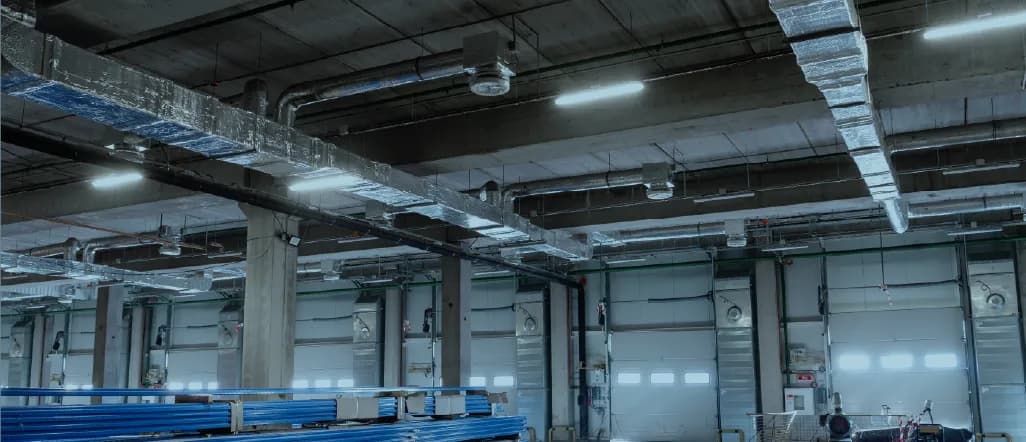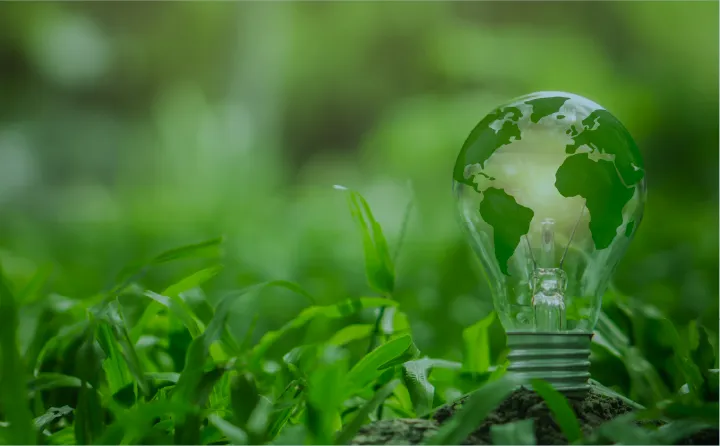This project is designed to modernize industrial facilities by integrating advanced energy-efficient technologies, with the goal of optimizing energy usage and reducing operational expenses. Key components of the initiative include:
1. Lighting Upgrades
Replacing existing lighting systems with state-of-the-art LED lighting. LED technology offers significant energy savings, longer lifespans, and improved illumination, contributing to both reduced electricity consumption and lower maintenance costs.
2. Equipment Enhancement
Upgrading critical industrial equipment to high-efficiency models, including air conditioners, chillers, motors, and heating systems. These upgrades are selected for their ability to operate more efficiently, leading to decreased energy consumption and enhanced overall performance.
3. Operational Efficiency
Implementing these energy-efficient solutions to streamline operations, resulting in reduced energy bills and minimized downtime. By enhancing equipment reliability and performance, the project aims to improve productivity and operational efficiency.
4. Sustainability Integration
Aligning with broader sustainability goals by promoting eco-friendly practices. This includes reducing the carbon footprint of industrial operations and supporting environmental conservation efforts through lower energy consumption and decreased greenhouse gas emissions.
5. Cost-Effective Solutions
Focusing on solutions that provide a strong return on investment. The project aims to deliver cost savings through decreased energy use and reduced operational expenses, making it a financially viable choice for industrial facilities.







